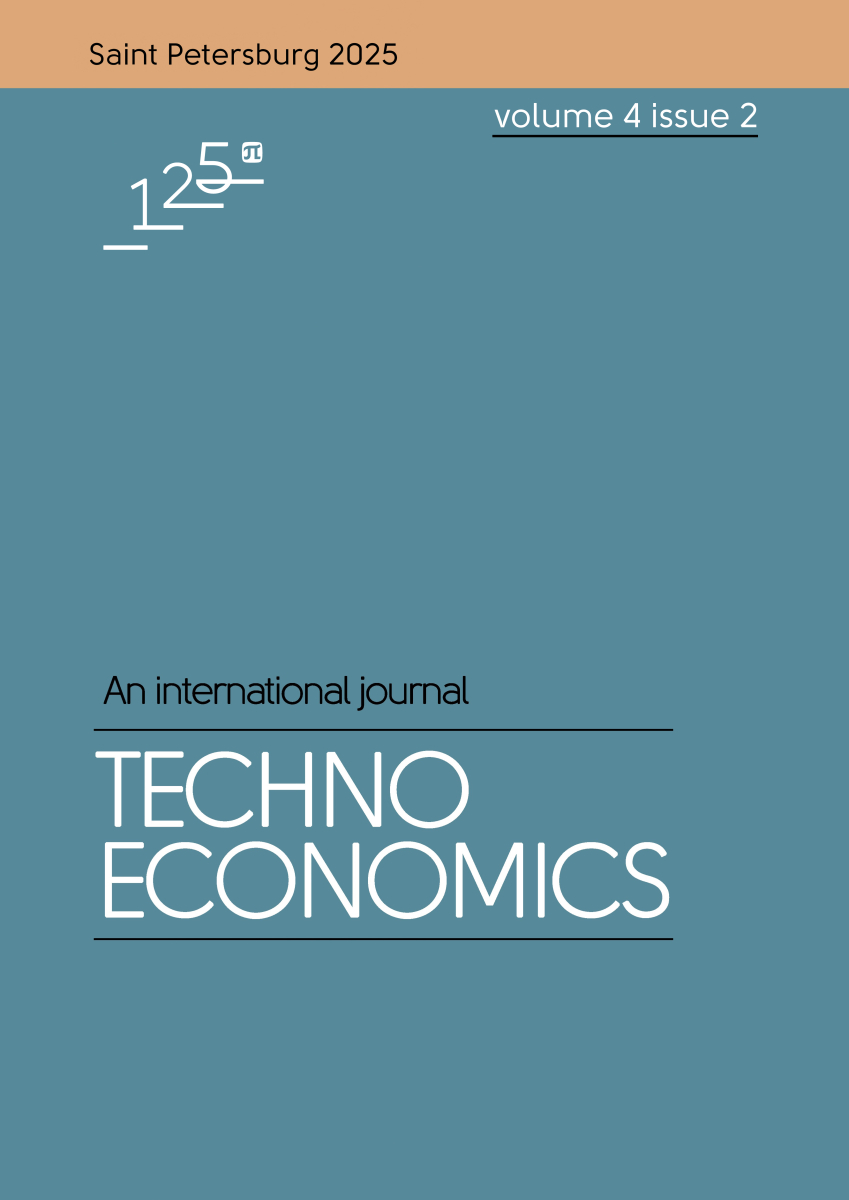Polynomial networks instead of neural networks
Neural networks are widely used in various scientific fields and practical research. They are sometimes implemented in the modeling of nonlinear economic dynamics. However, neural networks are often not suitable for modeling nonlinear economics. An effective alternative to neural networks in economics is the Elementary image of the Kolmogorov-Gabor polynomial. It has proven to have a more powerful ability to model nonlinearity than the artificial neural network. At the same time, the coefficients of this polynomial are estimated much simpler and faster than the coefficients of the artificial neural network. This observation provides grounds for the idea to replace neurons in the network by the Elementary images of the Kolmogorov-Gabor polynomial, thus creating an alternative polynomial network. This network is trained in just a few steps, while a neural network is trained over several tens of thousands of steps. Additionally, a Bayesian approach can be applied to polynomial networks, while it is not possible with neural networks. What is more, polynomial networks describe nonlinear processes no worse, and some-times even better, than neural networks. Therefore, when modeling nonlinear economic processes, polynomial networks not only prove to be simpler and faster in calculations, but also are capable of Bayesian parameter re-estimation with significant accuracy.


